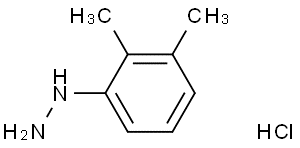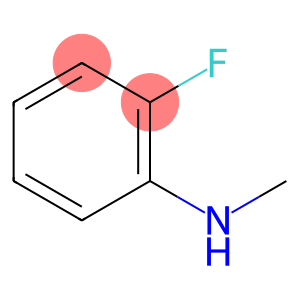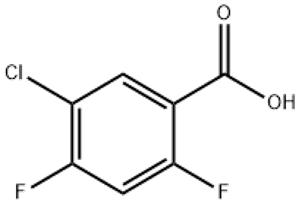2 3-Dimethylphenylhydrazinehydrochloride (CAS# 123333-92-6)
2,3-Dimethylphenylhydrazine hydrochloride is a white crystalline solid. Its properties are as follows:
2. Soluble: It is soluble in water and ethanol, but insoluble in organic solvents such as ether or benzene.
3. Stability: The compound is stable at room temperature and relatively stable under dry conditions.
4. Toxicity: 2,3-dimethylphenylhydrazine hydrochloride has certain toxicity to the human body, and safety should be paid attention to during use.
The main uses of 2,3-dimethylphenylhydrazine hydrochloride are as follows:
1. As an intermediate in organic synthesis: 2,3-dimethylphenylhydrazine hydrochloride can participate in organic synthesis reactions, such as reacting with aldehydes or ketones to form derivatives of corresponding hydrazine.
2. As a reducing agent: It can be used as a reducing agent to reduce certain compounds, such as amides, nitrites, etc.
3. As a precursor to dyes and photosensitizing materials: 2,3-dimethylphenylhydrazine hydrochloride is often used as a precursor in the synthesis of dyes and photosensitizing materials.
The preparation method of 2,3-dimethylphenylhydrazine hydrochloride is as follows:
In general, dimethylphenylhydrazine hydrochloride can be prepared by reacting dimethylphenylhydrazine with hydrochloric acid. In the specific operation, dimethylphenylhydrazine is reacted with hydrochloric acid in an appropriate solvent and filtered to obtain its crystalline solid.
1. Avoid skin contact: The compound may have an irritating effect on the skin, gloves should be worn when handling.
2. Avoid inhalation and ingestion: Inhalation of its dust or solution should be avoided to prevent adverse effects on the respiratory system; The compound should not be ingested to avoid unnecessary risk of toxicity.
3. Storage precautions: 2,3-dimethylphenylhydrazine hydrochloride should be stored in a dry, cool and sealed container, away from fire and oxidants.
When using 2,3-dimethylphenylhydrazine hydrochloride, it is important to follow proper laboratory protocols and pay attention to appropriate personal protective measures.








